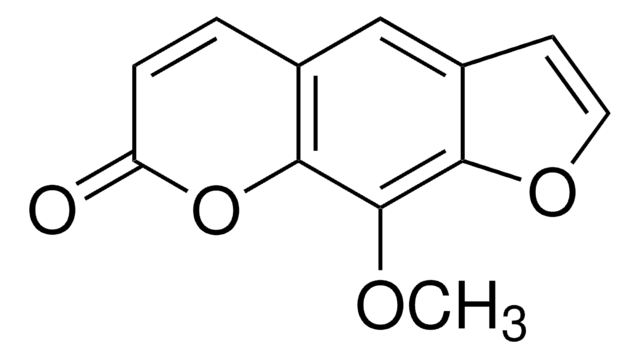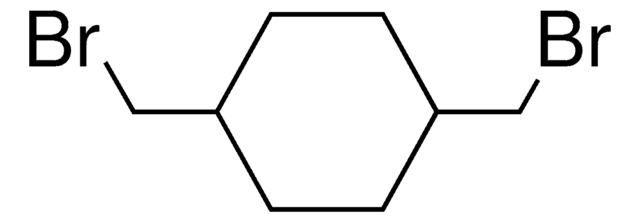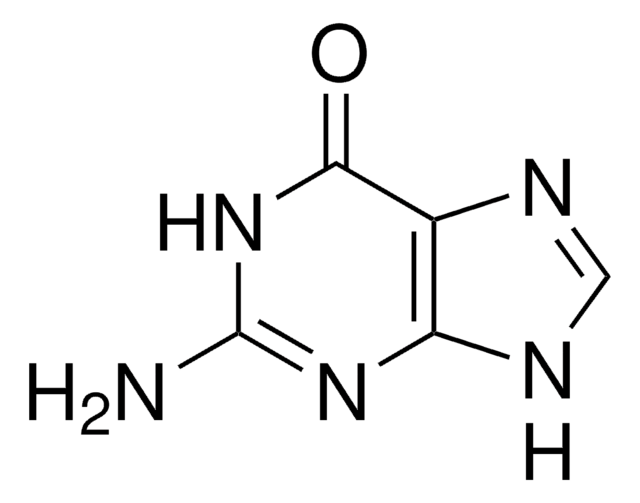おすすめの製品
品質水準
アッセイ
≥98% (HPLC)
形状
powder
保管条件
desiccated
色
white to beige
溶解性
DMSO: >2 mg/mL (warmed)
保管温度
2-8°C
SMILES記法
Cc1ccc(cc1)\C(=C/CN2CCCC2)c3cccc(\C=C\C(O)=O)n3
InChI
1S/C22H24N2O2/c1-17-7-9-18(10-8-17)20(13-16-24-14-2-3-15-24)21-6-4-5-19(23-21)11-12-22(25)26/h4-13H,2-3,14-16H2,1H3,(H,25,26)/b12-11+,20-13+
InChI Key
PWACSDKDOHSSQD-IUTFFREVSA-N
遺伝子情報
human ... HRH1(3269)
アプリケーション
Acrivastine has been used as an antihistamine to investigate the relation between the increased residence time of antihistamine at the histamine H1 receptor (H1R) and the duration of effective target-inhibition by this antagonist.
生物化学的/生理学的作用
Acrivastine is a second-generation antihistamine, an H1-receptor antagonist.
Acrivastine is a second-generation antihistamine. It is a derivative of first-generation compound triprolidine. Acrivastine is effectively used for treating allergic diseases including cholinergic urticaria and histamine-medicated dermatoses.
保管分類コード
11 - Combustible Solids
WGK
WGK 3
引火点(°F)
Not applicable
引火点(℃)
Not applicable
適用法令
試験研究用途を考慮した関連法令を主に挙げております。化学物質以外については、一部の情報のみ提供しています。 製品を安全かつ合法的に使用することは、使用者の義務です。最新情報により修正される場合があります。WEBの反映には時間を要することがあるため、適宜SDSをご参照ください。
Jan Code
SML0119-BULK:
SML0119-10MG:
SML0119-VAR:
SML0119-50MG:
試験成績書(COA)
製品のロット番号・バッチ番号を入力して、試験成績書(COA) を検索できます。ロット番号・バッチ番号は、製品ラベルに「Lot」または「Batch」に続いて記載されています。
R D Mann et al.
BMJ (Clinical research ed.), 320(7243), 1184-1186 (2000-04-28)
To investigate the frequency with which sedation was reported in post-marketing surveillance studies of four second generation antihistamines: loratadine, cetirizine, fexofenadine, and acrivastine. Prescription-event monitoring studies. Prescriptions were obtained for each cohort in the immediate post-marketing period. Event data were
Xiaochen Gu et al.
Journal of pharmaceutical and biomedical analysis, 37(4), 663-667 (2005-03-31)
High-performance liquid chromatography (HPLC) was used for the simultaneous quantification of the H(1)-antihistamine acrivastine and the decongestant pseudoephedrine hydrochloride. Both compounds were detected at the wavelength of 214 nm. The influence of the mobile phase and the detection wavelength was
M J Mattila et al.
European journal of clinical pharmacology, 55(2), 85-93 (1999-05-21)
Most of the modern non-sedating H1 receptor antagonists (antihistamines) penetrate the brain poorly, allowing the use of doses large enough to counteract allergic processes in peripheral tissues without important central effects. The antihistamines reviewed here are acrivastine, astemizole, cetirizine, ebastine
A Reimers et al.
Clinical and experimental allergy : journal of the British Society for Allergy and Clinical Immunology, 32(12), 1763-1768 (2003-03-26)
Leukotriene receptor antagonists have shown some efficacy in t he treatment of asthma. Injection of LTC4, LTD4 and LTE4 into the skin leads to a weal-and-flare reaction, suggesting an involvement of leukotrienes in the pathogenesis of urticaria. Indeed, various reports
Róbert Kiss et al.
European journal of medicinal chemistry, 39(11), 959-967 (2004-10-27)
Three-dimensional model of the human histamine H1 receptor was developed by homology modelling using the high resolution structure of bovine rhodopsin as template. Genetic algorithm based docking calculations were used to identify the role of several amino acids having an
ライフサイエンス、有機合成、材料科学、クロマトグラフィー、分析など、あらゆる分野の研究に経験のあるメンバーがおります。.
製品に関するお問い合わせはこちら(テクニカルサービス)








